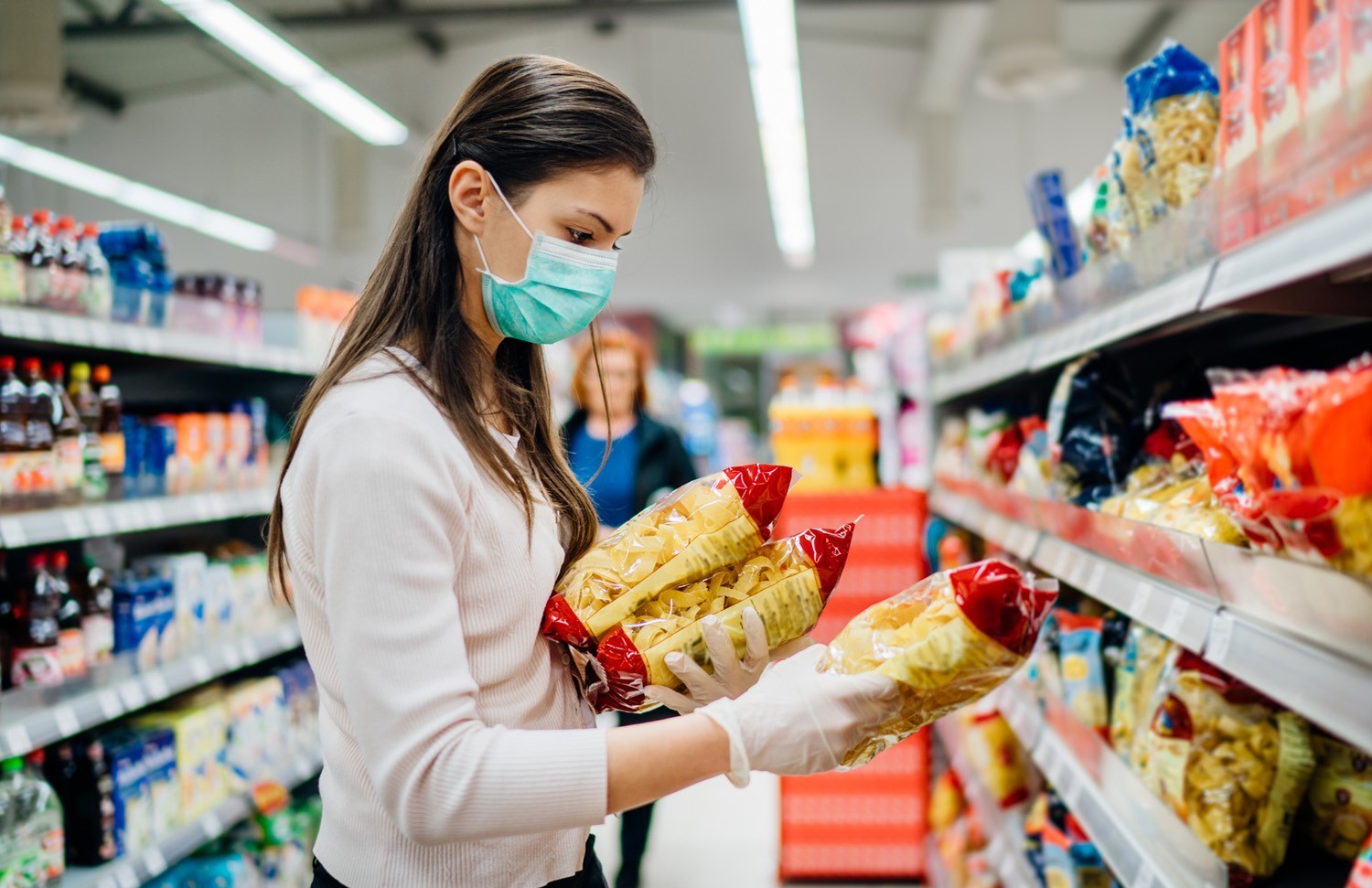How did the FMCG markets develop before and during the Corona pandemic? What are the effects on the packaging materials used? And what forecasts can be made for the time after? We have done some research for you and carried out a study of the markets in the 3rd quarter of 2021, from which valuable conclusions can be drawn for growth opportunities in the packaging industry.
Pandemic and lockdown have led to upheavals in consumer behaviour. The changes affect individual segments in the FMCG sector to varying degrees. On the one hand, the consequences can be seen in the demand for or use of the various packaging materials; on the other hand, they also have an impact on packaging machine manufacturing.
In Q3 2021 we examined the development of the FMCG segments in Western and Eastern Europe. We wanted to know how the markets developed before and during Corona and which sectors grew or shrank and for what reason. For our analysis we took into account data from key countries in Eastern and Western Europe.
Sales development in the individual FMCG segments
- Non-alcoholic beverages: A decline was recorded here. The reasons are the forced closure of bars and restaurants and the lack of opportunities to meet and spend time together outdoors.
- Alcoholic beverages: Here a particularly strong decline can be recorded. The fact that the drop in sales is even greater is due to the “sociability factor” of alcohol, which, in contrast to non-alcoholic beverages, is less often consumed alone.
- Pet food: This segment recorded good growth. The pandemic led to many people getting a pet so as not to become lonely in isolation.
- Household care: This also saw strong growth. People inevitably spent more time at home and had “leisure” and need to take care of their own living space.
- Cosmetics and toiletries: This segment suffered an above-average decline. The reasons are obvious: the occasions to “dress up” were lacking because bars and clubs were closed, private parties outside the own household were forbidden.
- Food: There were no relevant changes here. Although people were less able to shop locally, what of hoarding purchases in many food areas, especially in dry goods due to good shelf-life.
Effects on the main packaging materials
Looking at the amount of packaging materials used in the period before and during the pandemic, many losers can be identified. In contrast, there is only one winner: flexible packaging made of plastic and paper.
Conclusions
- Technology: A shift in investment behaviour in machinery and equipment can be observed. The situation is heterogeneous: in some cases investments are being held back, in others disproportionate growth can be observed. Machine builders should carefully examine where the opportunities and risks lie. Accordingly, the company’s orientation must be adjusted, at least temporarily.
- Material: In principle, market changes are currently overshadowed by the issues of raw material availability and price increases. However, it is equally fundamental here that a closer look is needed at where the opportunities and risks lie in each case – and where the company’s orientation should be adjusted, at least for the time being.
We expect the situation to ease and normalise again as soon as the government-imposed restrictions on movement are withdrawn.

